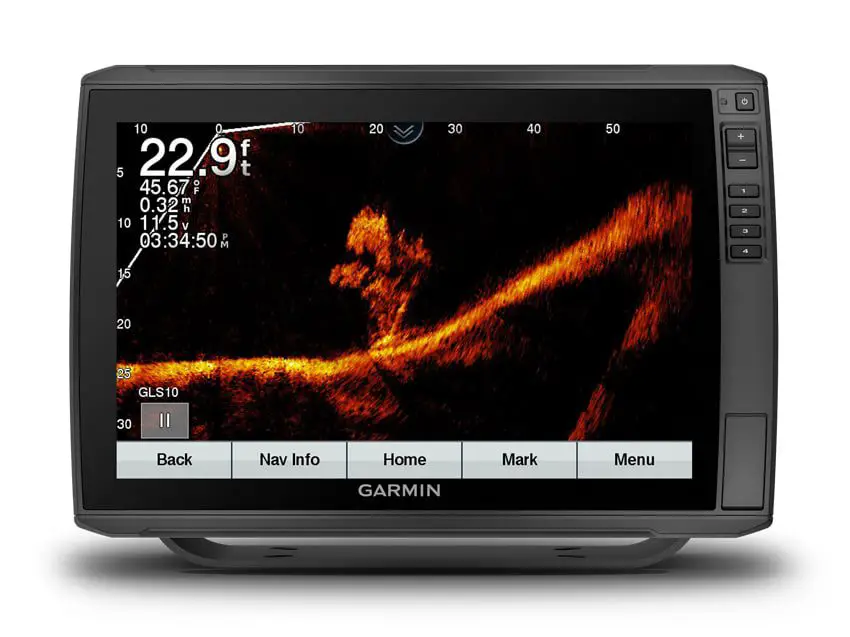Back in the day, before you got in your boat, you spoke to the locals to get an idea of where to go—what’s working, what’s not, etc. And that’s what you’d get: an idea.
Well, folks, the times, they are a-changin’! With today’s technology, those ideas become reality.
We’re talking about down-scan and side-scan multi-beam echo-sounding depth finders that use CHIRP technology.
Traditional sonars use a transducer to send a single pulse of a specific frequency downward. The pulse reflects off the bottom and is then measured by the transducer. This reveals a circular area on the lake floor directly beneath the boat.
CHIRP technology, however, sends multiple frequencies within a range at a much higher rate of emission, resulting in a more accurate picture of what’s down there.
When CHIRP is coupled with side-scan and down-scan sonar, you can see a highly detailed view below and to the sides of your boat. It’s like looking at a photograph of the lake bottom.
And now with 3D sonar, you can see what’s around your boat in real time!
Fishing will never be the same.







One Response
Fishing sonar? Echo sounding? Through my understanding and naval experience, SONAR is an acronym for (SO)und, (Na)vigation and (R)anging. Fish Finders do not incorporate sound nor can they be used for navigation. They are what could be referred to as underwater RADAR (RA)dio, (D)etection (A)nd, (R)anging.